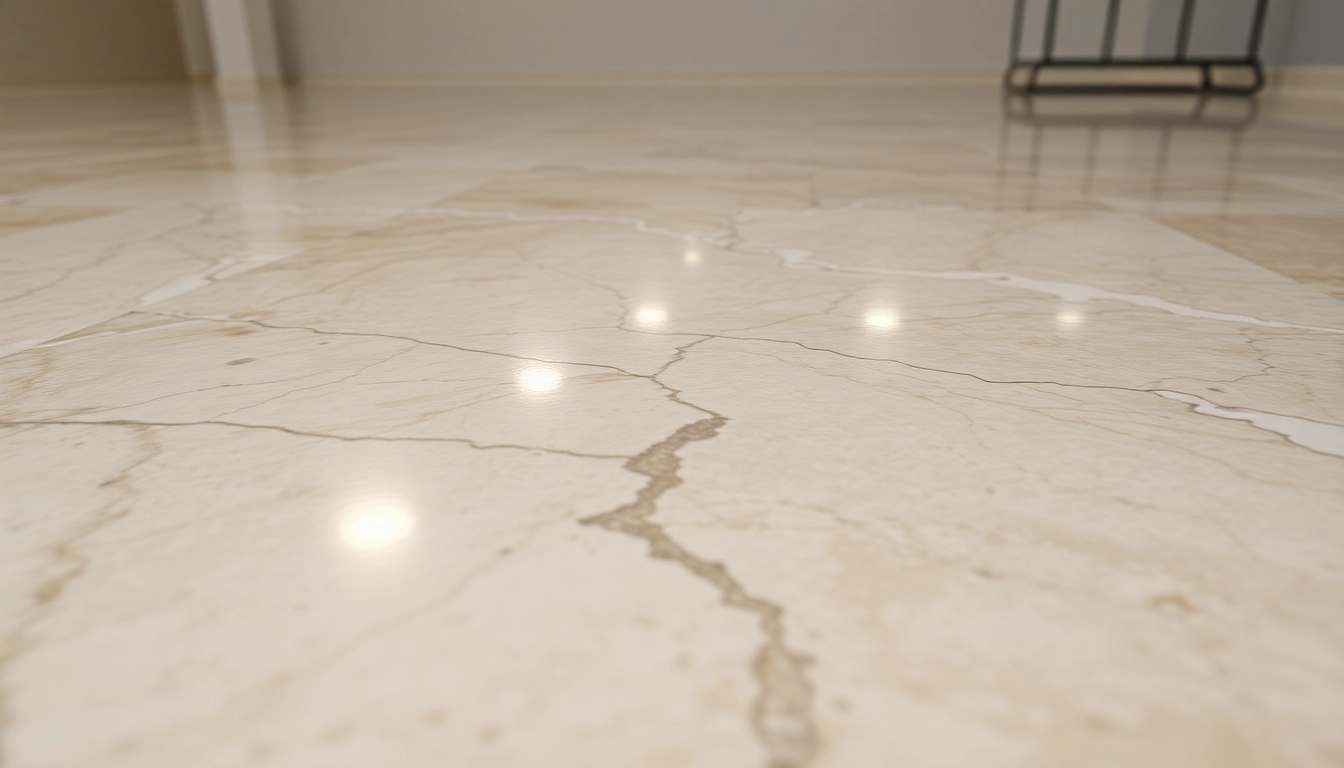How to Achieve a Stunning and Durable Epoxy Resin Floor for Any Space
Epoxy resin floors have become a popular choice across residential, commercial, and industrial sectors due to their exceptional durability, aesthetic versatility, and ease of maintenance. Whether transforming a garage, retail space, or manufacturing facility, epoxy floors offer a resilient surface that can withstand heavy foot traffic, chemical spills, and mechanical wear. For those considering an upgrade or renovation, understanding the nuances of epoxy resin flooring is essential to making an informed decision. In this comprehensive guide, we delve into the basics of epoxy floors, explore different types and applications, outline installation processes, and share expert tips for achieving a stunning, long-lasting result. For a professional-grade solution tailored to specific needs, explore our epoxy resin floor services designed to deliver optimal performance and aesthetic appeal. An epoxy resin floor is a type of surface coating made by mixing epoxy resin with hardeners to create a chemically bonded, seamless, and durable coating that adheres firmly to concrete, wood, or other substrates. The resulting surface exhibits high resistance to impact, abrasion, chemicals, and moisture, making it suitable for high-demand environments. Epoxy floors are not just functional but also highly customizable. They can be tailored in terms of color, texture, and finish, allowing for a wide range of aesthetic options—from sleek, minimalist designs to intricate patterns. This combination of resilience and design flexibility has established epoxy resin floors as a preferred choice in varied settings. Epoxy resin floors are utilized across a broad spectrum of applications due to their advantageous properties: Key benefits include: While there are numerous flooring solutions available—such as tiles, vinyl, or polished concrete—epoxy resin floors stand out for several compelling reasons: In challenging environments requiring resistance to chemicals, heat, or impact, epoxy floors consistently outperform alternatives, making them a preferred choice for many high-demand applications. Solid color epoxy coatings are straightforward, providing a uniform appearance suitable for garages, basements, and home workshops. They offer a clean, professional look while protecting concrete against stains and wear. These floors are easy to apply and maintain, making them ideal for DIY enthusiasts and homeowners seeking a value-driven upgrade. For spaces where aesthetics take center stage, decorative epoxy coatings provide stunning visual effects. Metallic epoxy, for instance, creates dynamic, swirling patterns reminiscent of marble or abstract art, adding a touch of luxury. These finishes are perfect for retail showrooms, modern kitchens, or art studios, where design elements are integral. Industrial epoxy formulations are designed for environments with extreme demands. They feature high chemical and impact resistance, often with added anti-slip properties. Suitable for factories, warehouses, and public facilities, these systems ensure safety and durability in high-traffic, hazardous, or corrosive settings. Successful epoxy installation hinges on meticulous surface prep. Begin by cleaning the floor thoroughly to remove dust, grease, and existing coatings. Use power washing or shot blasting to roughen the surface, ensuring optimal adhesion. Repair any cracks or damage with patching compounds, and allow the surface to dry completely before proceeding. Follow manufacturer instructions precisely when mixing epoxy components. Typically, combine resin and hardener in specified ratios, stirring thoroughly to avoid bubbles or inconsistencies. Use rollers, brushes, or squeegees to apply the epoxy evenly, working in manageable sections. For decorative effects, incorporate flakes or pigments during application. Allow the coating to cure in a temperature-controlled environment, avoiding foot traffic for the recommended period. Once cured, a top coat or sealant can enhance durability and gloss. Routine maintenance includes sweeping and damp mopping. Address spills promptly, and avoid harsh chemicals that could degrade the surface over time. Color options range from classic neutrals to vibrant hues. Decorative flakes — such as quartz or metallic particles — can be embedded to add texture and visual interest, helping to mask dirt and scratches. Combining colors and textures allows for personalized spaces that reflect style and function. Custom graphics, logos, or patterns can be embedded into epoxy floors for branding or aesthetic purposes. This is especially popular in commercial settings, garages, and showrooms, where flooring becomes an extension of branding identity. Texture options include high-gloss, matte, or textured finishes, each serving different needs. A high-gloss surface enhances color vibrancy and ease of cleaning, while matte provides a subtler look with better slip resistance. Textured finishes offer enhanced safety in high-traffic or wet areas. Regular cleaning, prompt spill cleanup, and periodic resealing can significantly prolong the floor’s lifespan. Avoid harsh abrasives or chemicals; instead, use pH-neutral cleaners. Applying a fresh coat of sealant every few years can restore gloss and provide additional protection. Problems like peeling, bubbling, or yellowing can occur due to improper surface prep, environmental conditions, or improper mixing. Ensuring correct application, maintaining ideal curing conditions, and choosing high-quality products mitigate these issues. Address small problems early with touch-up coatings to prevent larger repairs. DIY epoxy kits are cost-effective for small projects but require careful execution. Professional installation guarantees optimal results, especially for large or complex areas. Cost considerations depend on size, surface condition, design intricacies, and the epoxy system chosen. Routine cleaning involves sweeping, mopping with mild cleaners, and avoiding abrasive tools, ensuring the floor maintains its pristine appearance and structural integrity over time.Introduction to Epoxy Resin Floors
What is an Epoxy Resin Floor?
Common Applications and Benefits
Why Choose Epoxy Over Other Flooring Options?
Types of Epoxy Resin Flooring and Their Uses
Solid Color Epoxy Floors for Homes and Garages
Decorative Epoxy Finishes with Metallic and Marble Effects
Industrial-Grade Epoxy for Commercial and Heavy-Duty Spaces
Step-by-Step Guide to Installing an Epoxy Resin Floor
Surface Preparation and Cleaning Techniques
Mixing and Applying Epoxy Coatings Correctly
Tips for Curing, Finishing, and Maintaining the Floor
Design Ideas and Customization Options
Color Schemes and Decorative Flakes
Embedding Patterns and Logos for Branding
Choosing the Right Texture and Glossy Finish
Performance, Maintenance, and Troubleshooting
How to Extend the Lifespan of Your Epoxy Resin Floor
Common Issues and Solutions
Costs, Cleaning Routines, and Professional vs. DIY Installation

